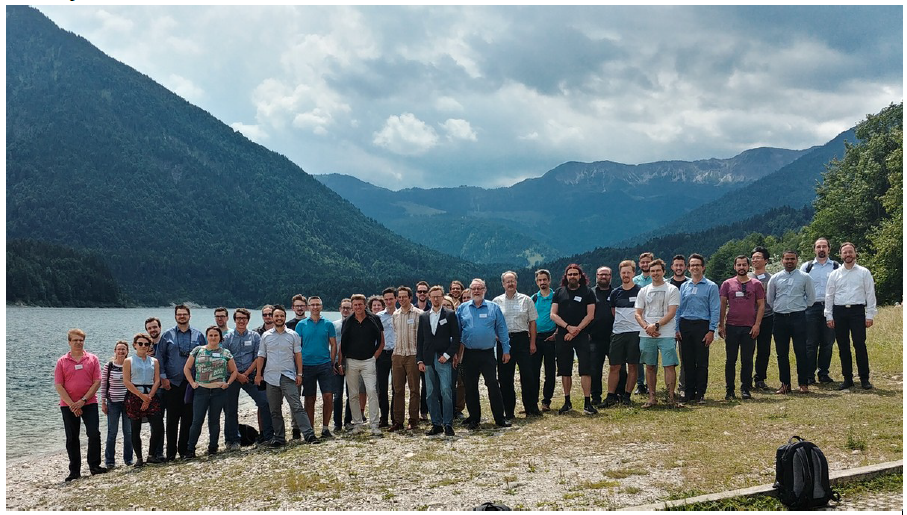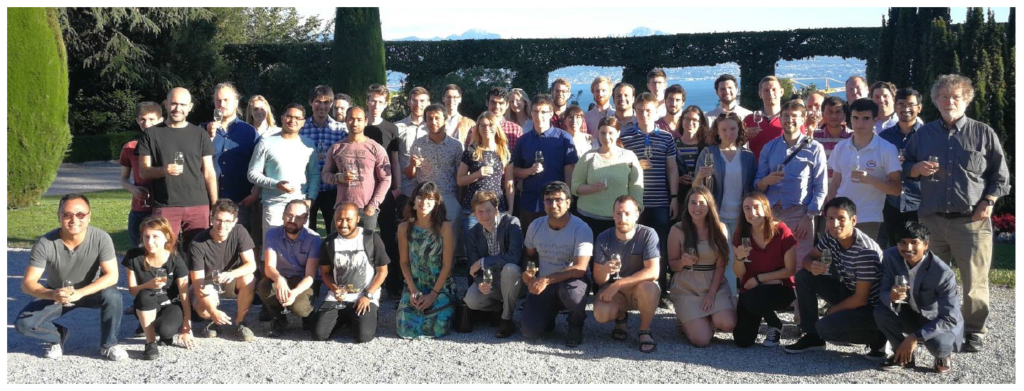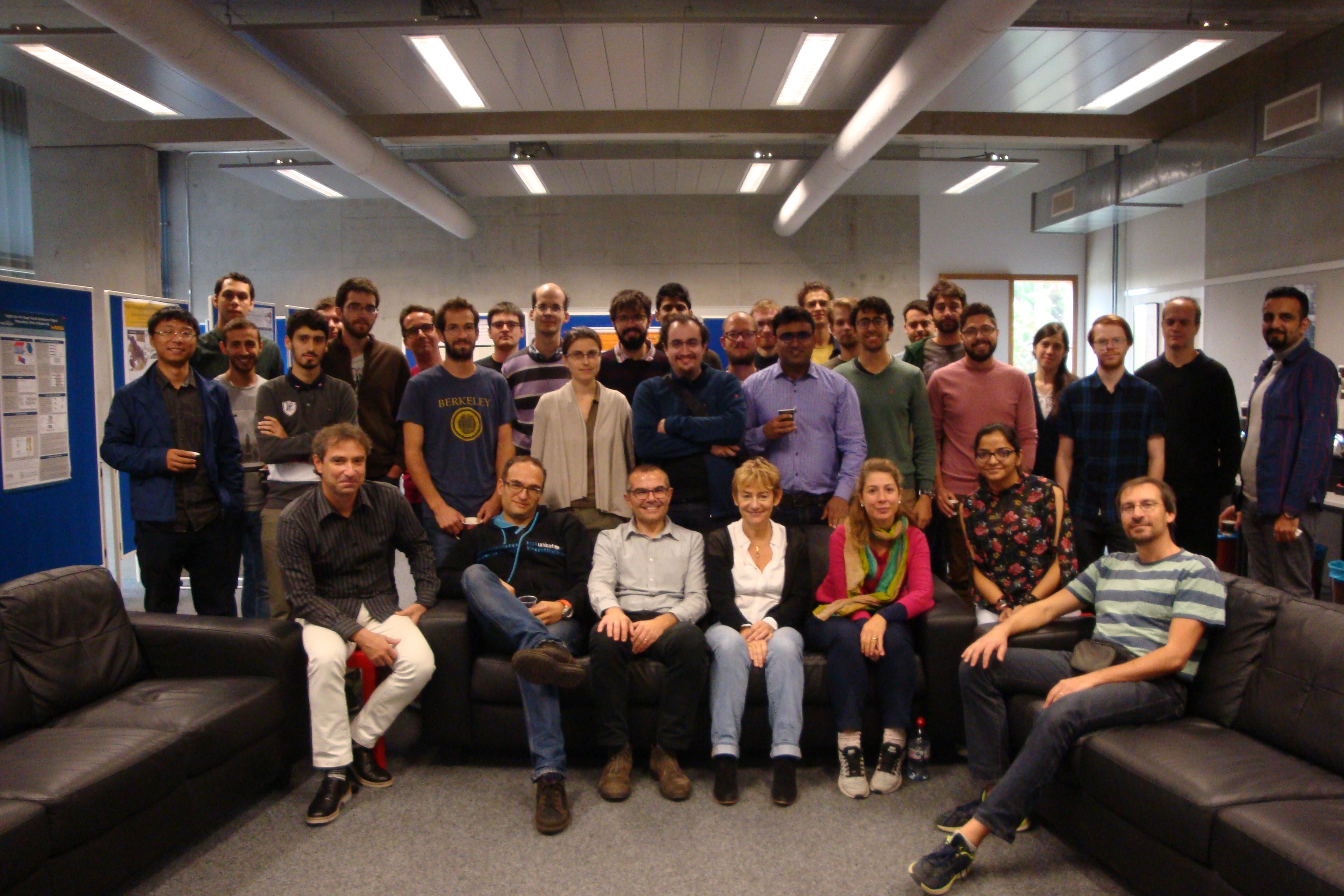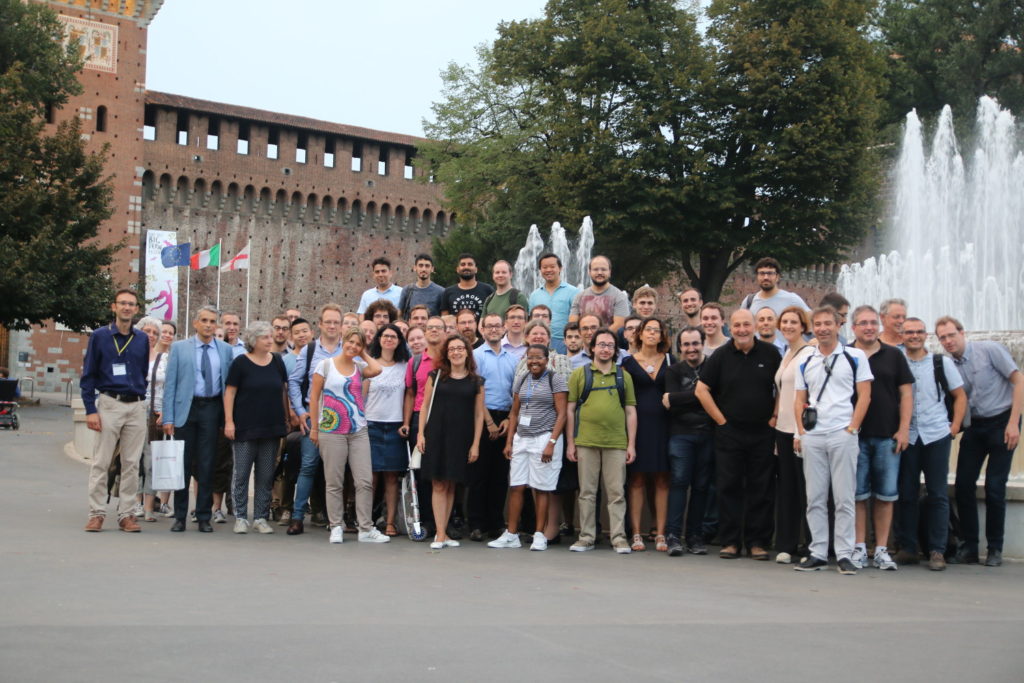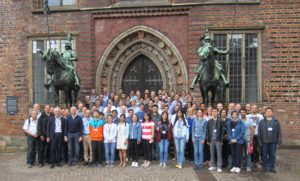Title: Improving the accuracy of ab-initio predictions for materials
Location: CECAM-FR-MOSER
Webpage with list of participants, schedule and slides of presentations: http://www.cecam.org/workshop-0-1643.html
Dates: September 17, 2018 to September 20, 2018
Organizers: Dario Alfè, Michele Casula, David Ceperley, Carlo Pierleoni
State of the art
Improving the accuracy of ab-initio methods for materials means to devise a global strategy which integrates several approaches to provide a robust, controlled and reasonably fast methodology to predict properties of materials from first principle. Kohn-Sham DFT is the present workhorse in the field but its phenomenological character, induced by the approximations in the exchange-correlation functional, limit its transferability and reliability.
A change of paradigm is required to bring the ab-initio methods to a predictive level. The accuracy of XC functional in DFT should be assessed against more fundamental theories and not, as it is often done today, against experiments. This is because the comparison with experiments is often indirect and could be misleading. The emerging more fundamental method for materials is Quantum Monte Carlo because of: 1) its favourable scaling with system size with respect to other Quantum Chemistry methods; 2) its variational character which defines an accuracy scale and allows to progressively improve the results. However QMC being much more demanding in terms of computer resources, and intricate than DFT, a combined approach is still desirable where QMC is used to benchmark DFT approximations for specific systems before performing the production study by DFT.
A different aspect of accuracy is related to size effects: often relevant phenomena occurs at length and time scales beyond the one approachable by first-principle methods. In these cases effective force fields methods can be employed. Machine Learning methods can be used to extract those force fields from training sets provided by ab-initio calculations. Presently DFT-based training sets are used. Improving their accuracy will improve the ultimate accuracy at all scales.
This change of paradigm requires building a community of people with different expertises working in an integrated fashion. This has been the main aim of the workshop.

